Indoor Composting Methods for Apartment Dwellers
Discover the best indoor composting methods for apartment dwellers. Learn about worm bins, Bokashi, and electric composters for a smell-free experience.
How to Compost in an Apartment (Without Smell or Mess): A Complete Guide
One of the most impactful things we can do for the planet is to reduce our food waste. When food scraps end up in a landfill, they are trapped without oxygen and release methane, a potent greenhouse gas. Composting, on the other hand, is a beautiful, natural process that recycles those same scraps into a nutrient-rich soil amendment that gardeners call “black gold.” As a passionate advocate for sustainable living in small spaces at Neat Tiny Home, I used to think that composting was a luxury reserved for those with big backyards. I couldn’t have been more wrong. The world of indoor composting has exploded with innovation, making it easier than ever to turn your kitchen scraps into a valuable resource, right from your apartment.
This is your ultimate guide to the best indoor composting methods for apartment dwellers. We are going to tackle the biggest fears head-on: the smell, the mess, and the “yuck” factor. I’m here to show you that with the right system, indoor composting can be a clean, odor-free, and incredibly rewarding process. We will dive deep into the three most popular methods: the classic worm composting bin (vermicomposting), the fast and powerful bokashi composting system, and the modern, high-tech electric composter. I’ll break down the pros and cons of each, give you step-by-step instructions, and provide troubleshooting tips to ensure a successful, smell-free experience. Get ready to join the zero-waste movement and close the loop on your kitchen waste, right from the comfort of your home.
Why Composting is the Ultimate Act of Sustainable Living (Even in an Apartment)
Before we explore the “how,” it’s crucial to understand the “why.” Why go to the trouble of composting when you could just toss your banana peels in the trash? The impact is much bigger than you might think. According to the EPA, food waste is the single largest category of material placed in municipal landfills, where it emits methane, a greenhouse gas that is many times more potent than carbon dioxide. By composting, you are directly diverting that waste and preventing those emissions. You are also creating an incredibly valuable natural fertilizer for your houseplants or balcony garden, reducing the need for chemical fertilizers. It’s a powerful, tangible way to reduce your carbon footprint and participate in a circular economy. It transforms a problem (waste) into a solution (healthy soil), and that is a truly beautiful thing.
Overcoming the “Yuck” Factor: Dispelling the Myths
Let’s be honest: the idea of food decomposing in your kitchen can be a little off-putting at first. But a healthy, properly managed indoor compost system should not smell bad. A foul odor is a sign that something is wrong with your system, not an inherent part of the process. A healthy worm bin, for example, smells earthy and pleasant, like a forest floor after it rains. A Bokashi bin has a sweet, pickled, or cider-like smell. The modern electric composters are virtually odorless. The “yuck” factor is almost always based on the misconception that you’ll have a stinky, open pile of rotting garbage. The reality is that these are all enclosed, managed systems designed specifically to avoid those problems. This guide will teach you exactly how to maintain that healthy, odor-free balance.
| Composting Method | Speed | Waste Accepted | Best For |
|---|---|---|---|
| Worm Composting | Slow (2-3 Months) | Raw fruit/veg scraps, coffee grounds, paper. | Gardeners who want the highest quality compost. |
| Bokashi Composting | Fast (2-4 Weeks) | All food waste, including meat, dairy, and oils. | Households with a lot of food waste; those who want speed. |
| Electric Composter | Extremely Fast (Hours) | Most food waste, including meat and dairy. | Those who prioritize convenience and have a larger budget. |
Method 1: Worm Composting (Vermicomposting) – The Classic Choice
Vermicomposting is one of the most popular indoor composting methods for apartment dwellers, and for good reason. It’s a fascinating process where you employ a team of special composting worms to do the work for you. A worm composting bin is a self-contained ecosystem that you can keep under your sink, in a closet, or on a sheltered balcony. It’s quiet, odor-free when managed properly, and it produces the most nutrient-rich, high-quality compost imaginable, often called “worm castings.”
Meet Your New Pets: All About Red Wiggler Worms
You can’t just dig up earthworms from your garden. The superstars of vermicomposting are a specific species called Eisenia fetida, or “Red Wigglers.” These worms are surface dwellers that are voracious eaters of decaying organic matter. They thrive in the concentrated environment of a compost bin, unlike their earth-dwelling cousins. You can order them online from reputable suppliers like Uncle Jim’s Worm Farm. They will arrive in the mail, and once you add them to your bin, they will happily get to work, eating about half their body weight in food scraps every single day.
Step-by-Step: Setting Up and Maintaining Your Worm Bin
- Get a Bin: You can buy a pre-made stacking bin system, or you can easily make your own from two opaque storage totes. Drill several holes in the bottom of one tote for drainage, and a few holes in the lid for air. Nest the tote with holes inside the one without.
- Create the Bedding: Worms need a moist, carbon-rich bedding to live in. The best bedding is shredded newspaper (black and white ink only) or cardboard, soaked in water and then wrung out so it feels like a damp sponge. Fill your bin about three-quarters full with this fluffy bedding.
- Add Your Worms: Gently place your red wigglers on top of the bedding. They will quickly burrow down to escape the light.
- Feed Them: Start slow. For the first few days, just let them acclimate. Then, begin adding small amounts of food scraps. Always bury the food scraps under the bedding to avoid attracting fruit flies.
- Maintain: Add food scraps every few days as the worms eat them. Every week or so, check the moisture level. The bedding should always feel like a damp sponge. If it’s too dry, spritz with water. If it’s too wet, add more dry, shredded paper.
For more detailed information, the Penn State Extension has an excellent, in-depth guide to vermicomposting.
Method 2: Bokashi Composting – The Fermentation Powerhouse
If a worm bin seems too slow or you want to compost things that worms can’t eat (like meat, dairy, and oils), then bokashi composting is a fantastic alternative. Bokashi is a Japanese method that is technically not composting but rather a process of anaerobic fermentation. You use a special airtight bucket and an inoculant (the “Bokashi bran”) to essentially pickle your food scraps. It’s incredibly fast, completely odor-free (besides a faint, sweet, pickled smell), and takes up very little space.
The Pros and Cons: Faster, But Requires a Second Step
The biggest advantage of Bokashi is that it can handle ALL of your food waste, including the things that are forbidden in a worm bin. The fermentation process is also very quick, taking only about two weeks. The main “con,” however, is that the end product is not finished compost. It is fermented, pre-compost material that still looks like your food scraps, just pickled. This material then needs to be buried in soil to complete the decomposition process. For apartment dwellers, this means you need access to an outdoor garden, a friend’s compost pile, or you can bury it in a large container of soil on your balcony. You can find high-quality Bokashi kits and bran from suppliers like TeraGanix.
Method 3: Electric Composters – The High-Tech Solution
For those who prioritize speed and convenience above all else, the electric composter is the newest and most high-tech of the indoor composting methods for apartment dwellers. These are countertop appliances that use heat, aeration, and grinding to break down food scraps into a dry, soil-like material in a matter of hours. They are completely odorless, can handle most types of food waste (including meat and dairy), and require almost no effort.
The Downside: Cost, Energy Use, and the End Product
The convenience comes at a price. These units can be quite expensive, ranging from $300 to $600. They also use electricity to run their cycles. It’s important to note that the end product is not true, microbially-rich compost. It’s more accurately described as dehydrated, sterilized food grounds. While it’s a great soil amendment and a fantastic way to reduce the volume of your food waste, it doesn’t have the same complex web of beneficial microorganisms as worm castings or traditional compost. Popular models include the Lomi by Pela and the Vitamix FoodCycler. This is an excellent choice for those focused purely on waste diversion and convenience.
The “No-Effort” Method: Finding a Compost Drop-Off Service
What if you love the idea of diverting your food waste but aren’t ready to manage a system in your own home? The answer is community composting! Many cities now have private or municipal services that allow you to collect your food scraps in a small bucket, which you then drop off at a central location like a farmers’ market or a community garden. Some services even offer curbside pickup. This is a fantastic, zero-effort way to participate. A great resource for finding a program near you is the website Litterless, which has a comprehensive directory of composting services.
No matter which method you choose, composting in your apartment is a powerful step towards a more sustainable, zero-waste lifestyle. It connects you to the natural cycles of food and soil and allows you to make a tangible, positive impact, right from your own kitchen.
Frequently Asked Questions (FAQ)
My worm bin has a bunch of tiny white bugs in it. Is that bad?
Don’t panic! Those are most likely pot worms or springtails. They are harmless, beneficial decomposers that are a natural part of a healthy compost ecosystem. In fact, their presence is a sign that your bin is working well! They often appear when the bin is slightly acidic or very moist, which is a condition they love.
What do I do with the liquid that drains from my Bokashi bin?
That liquid is called “Bokashi tea,” and it’s a potent, microbially-rich liquid. You must drain it from the spigot every couple of days. You can dilute it heavily (at about a 1:100 ratio with water) and use it to fertilize your houseplants. Or, you can pour it directly down your drains, where the beneficial microbes can help to clean your pipes and control odors.
Can I put compostable plastics or cutlery in my indoor composter?
No. “Compostable” bioplastics require the high heat and specific conditions of a large-scale, industrial composting facility to break down. They will not break down in a worm bin, a Bokashi bucket, or most electric composters. These items should go to a municipal composting program if your city accepts them.
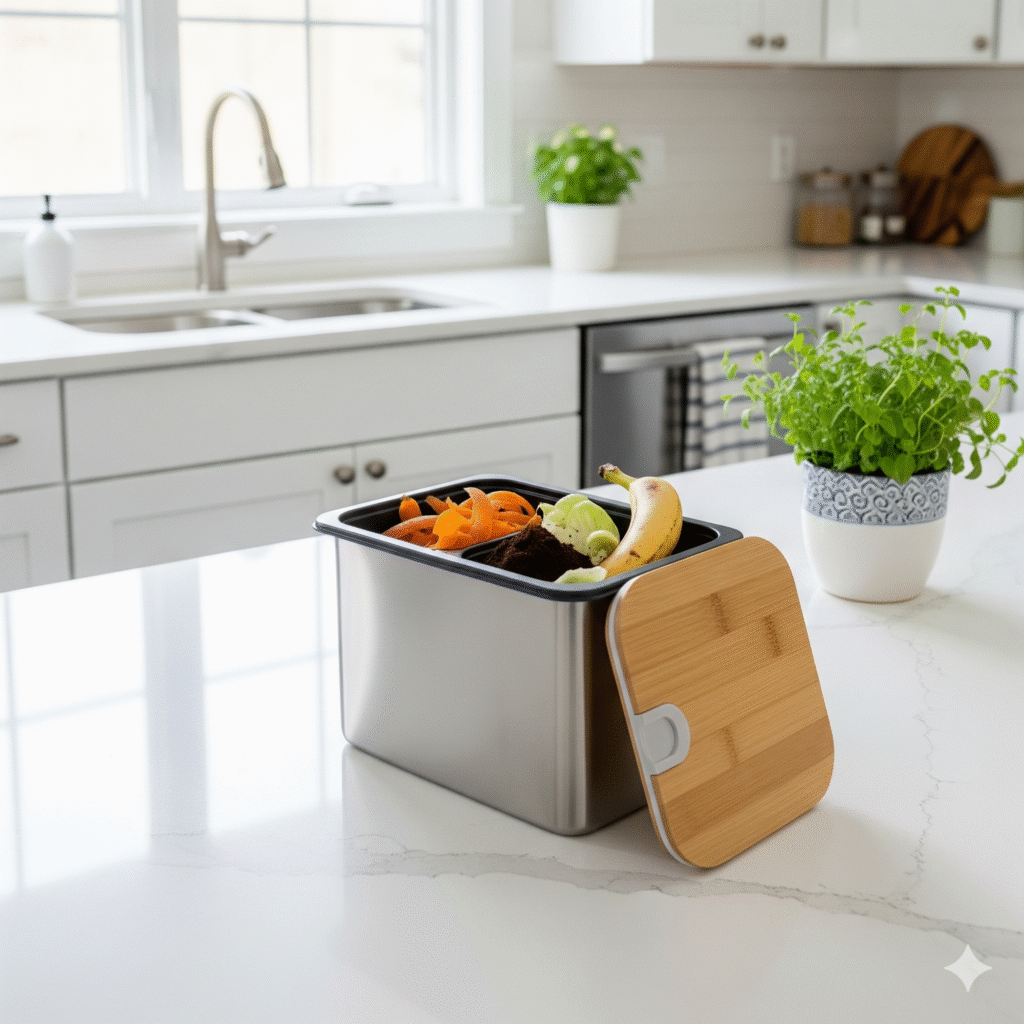
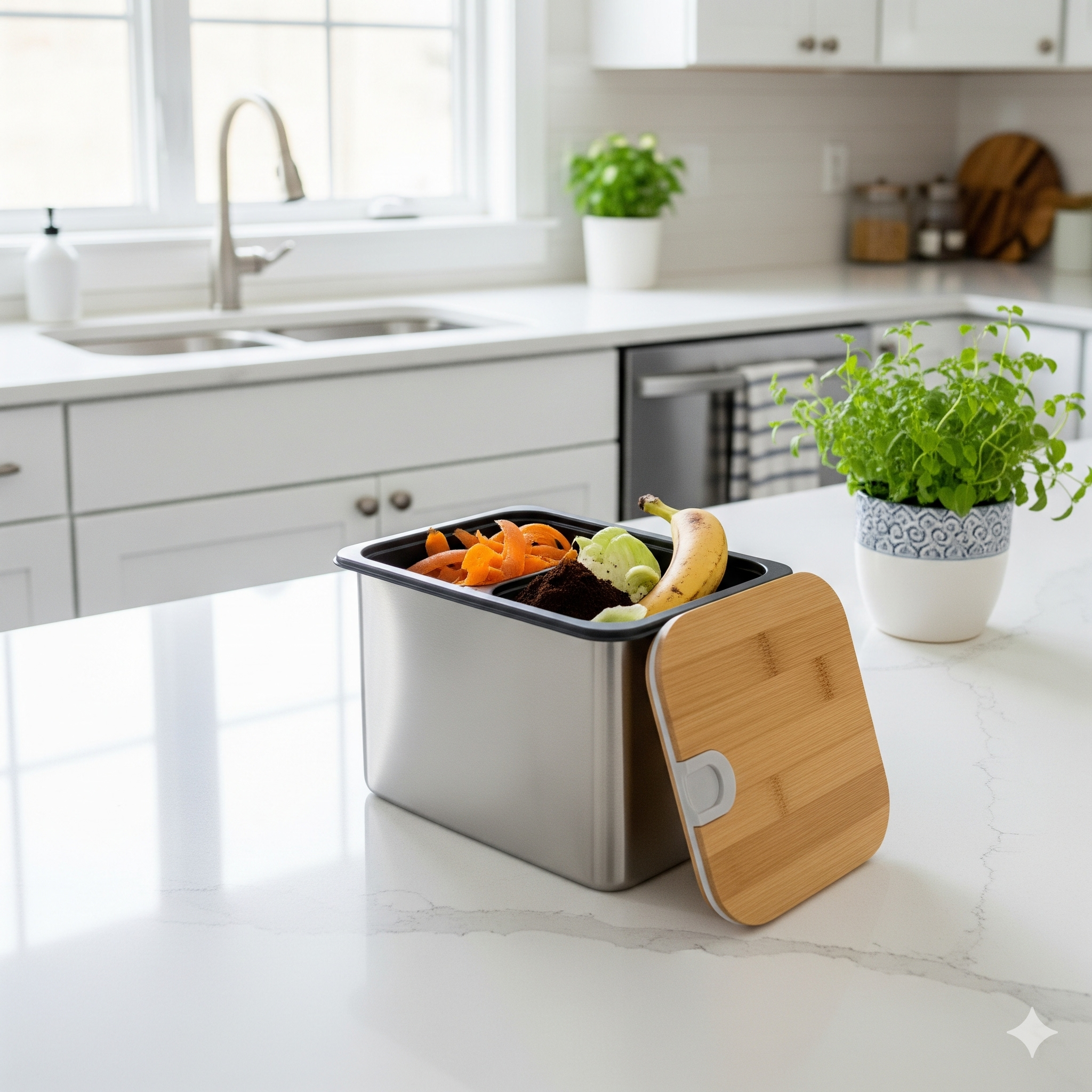
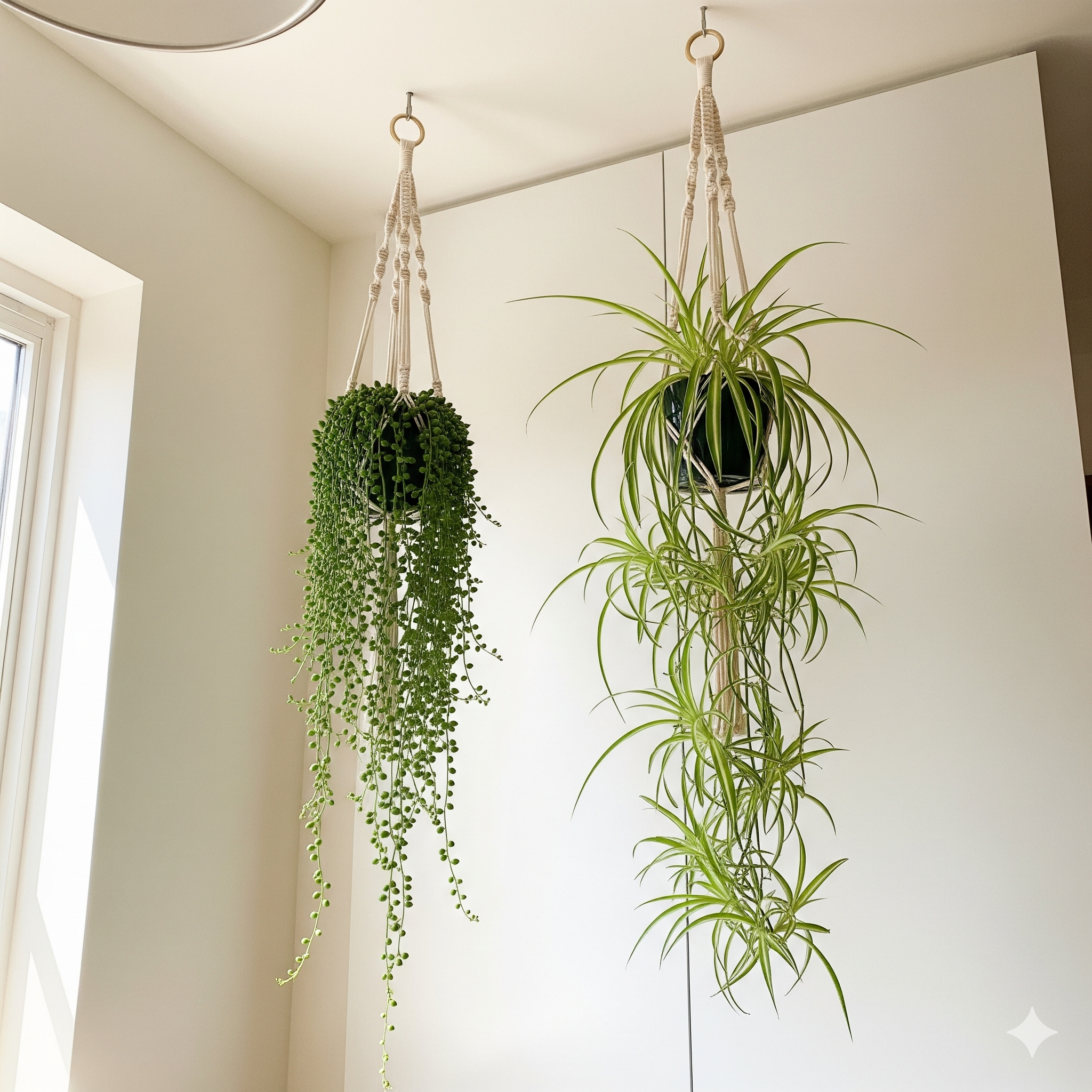
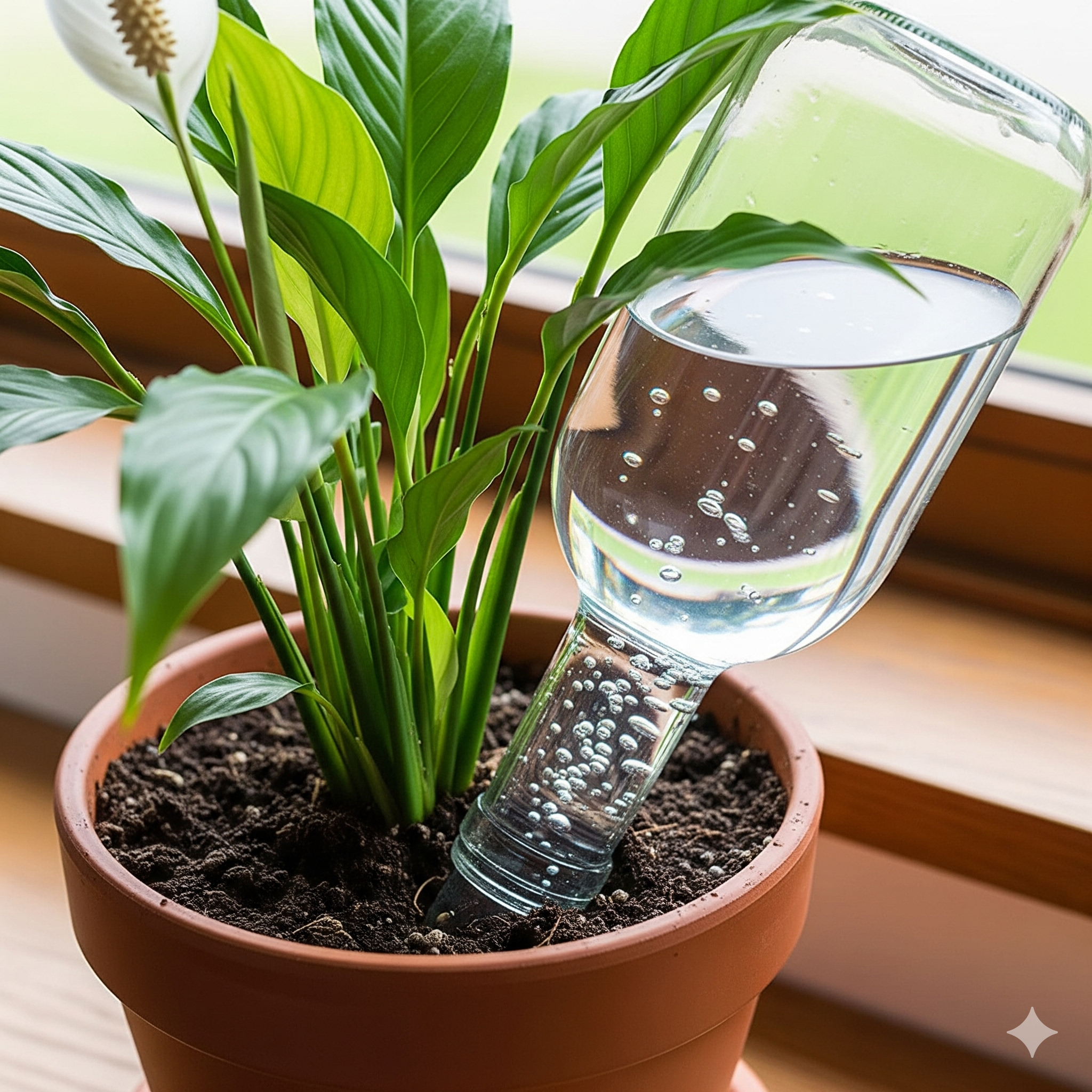
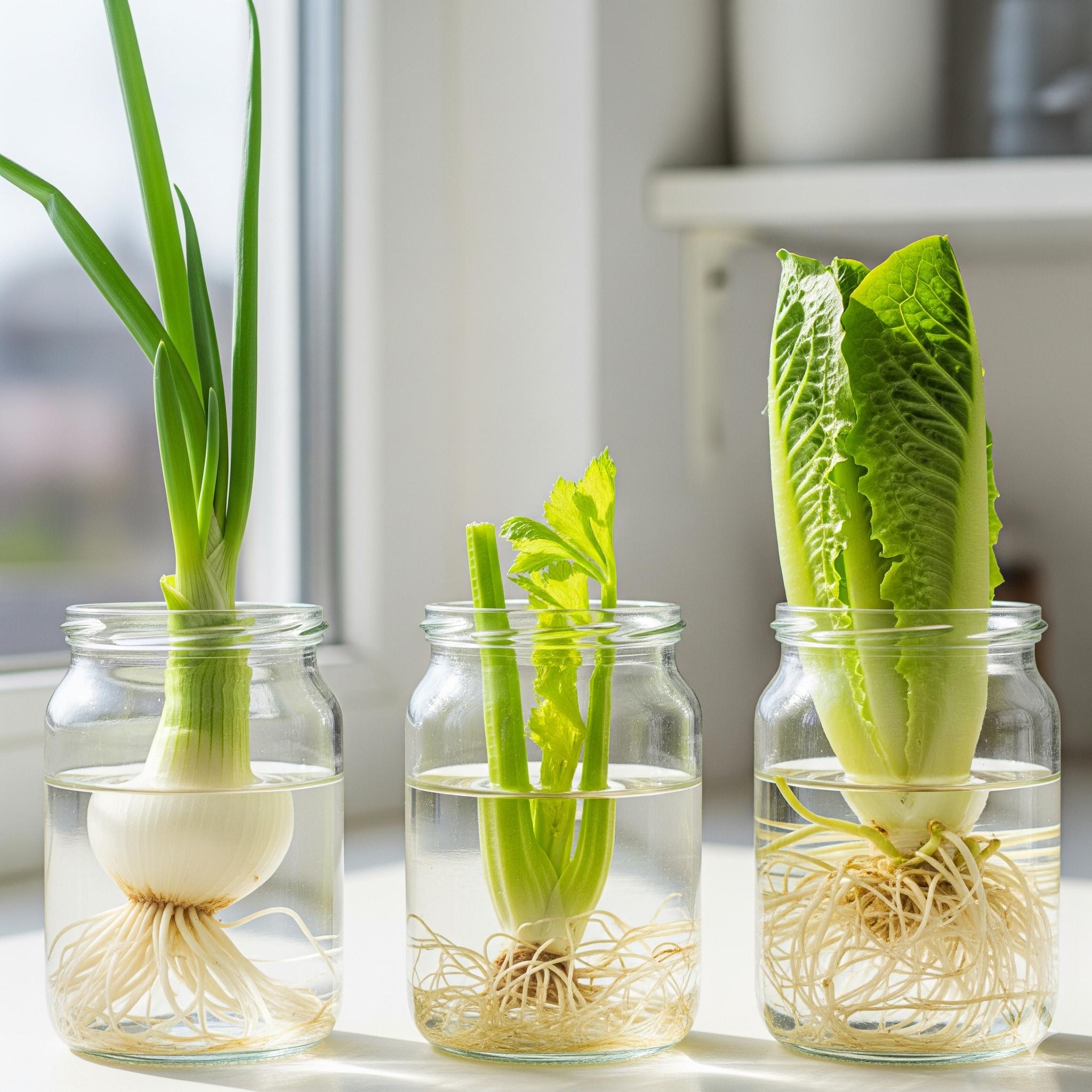
Post Comment